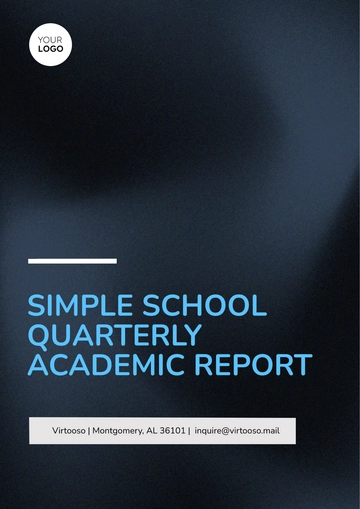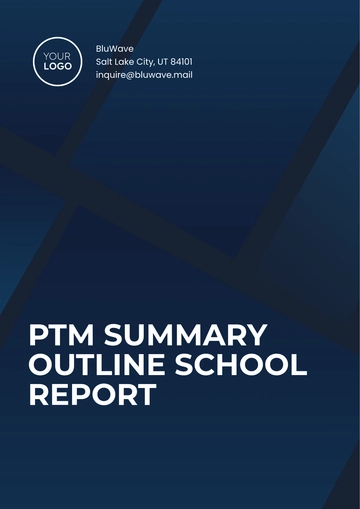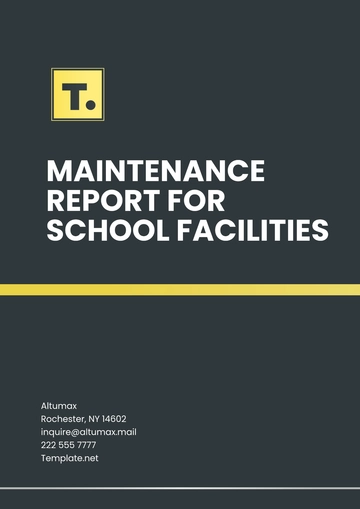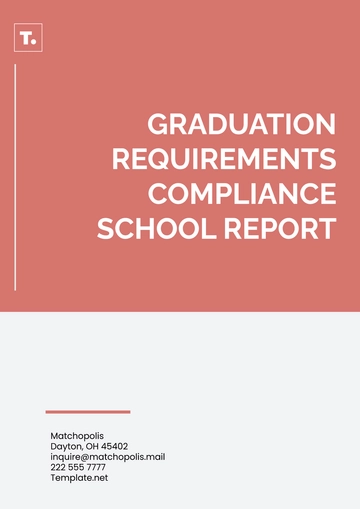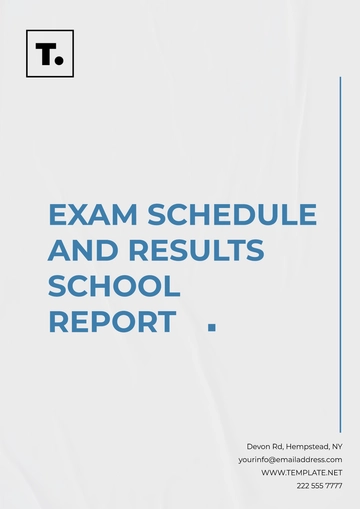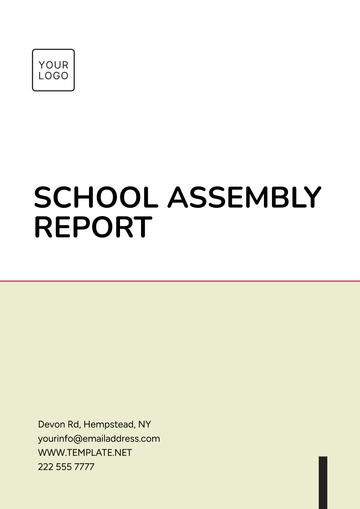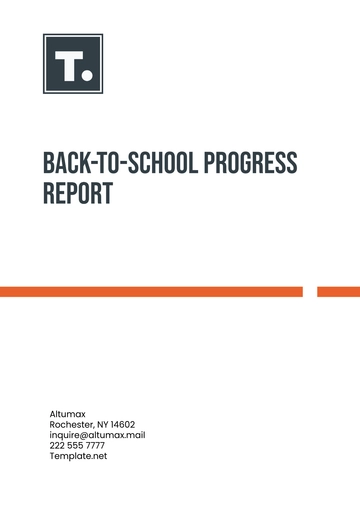Free 5th Grade Research Report
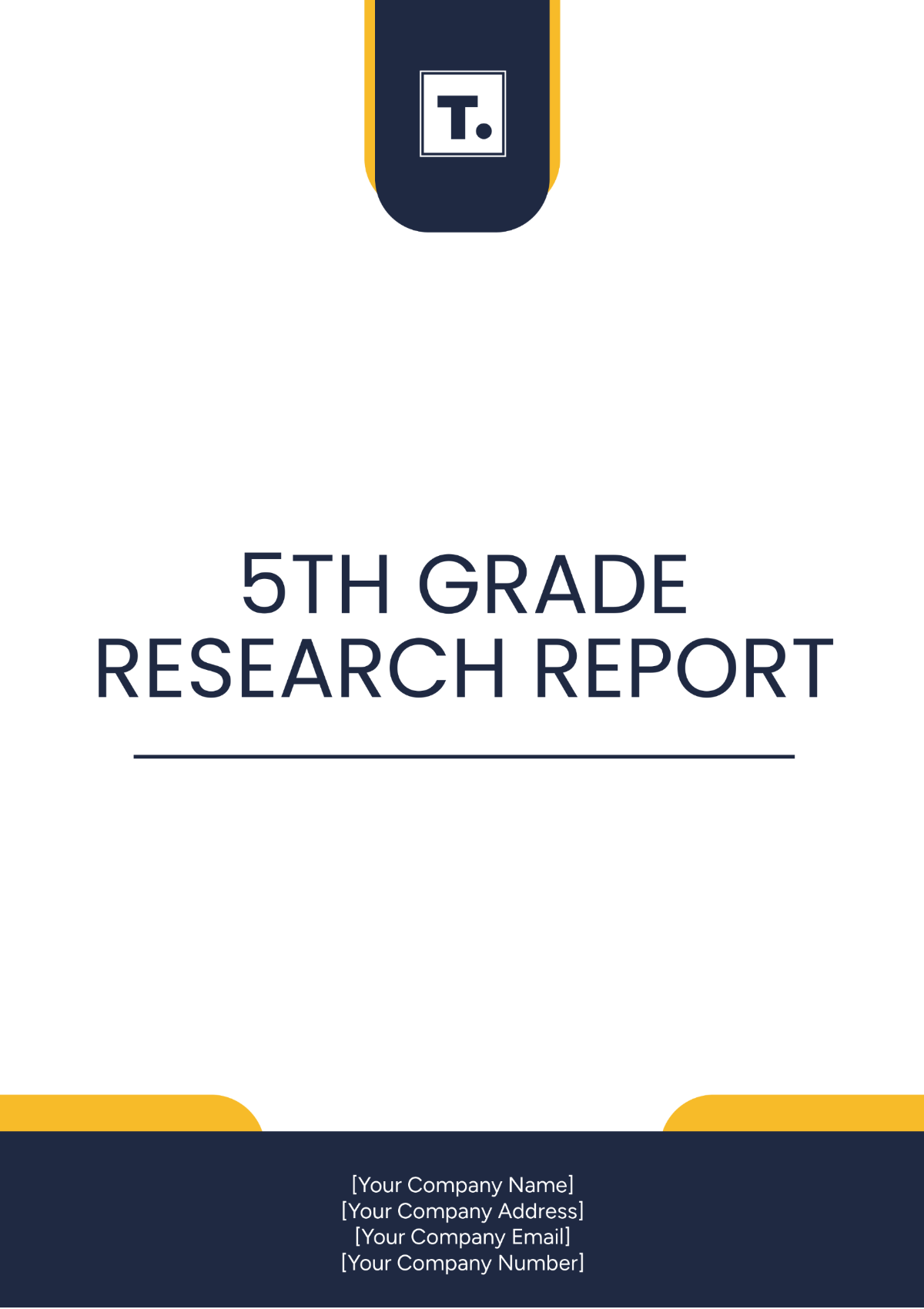
Prepared by: [YOUR NAME]
Email: [YOUR EMAIL]
I. Introduction
Climate change is a pressing global issue that affects various ecosystems and species. One of the most impacted species is the polar bear, which relies on sea ice for survival. This research report will explore how climate change affects polar bears, including changes in their habitat, hunting patterns, and overall population health.
II. Background Information
Polar bears (Ursus maritimus) are large carnivores native to the Arctic region. They are highly dependent on sea ice as a platform for hunting seals, their primary food source. As global temperatures rise, sea ice is melting at an unprecedented rate, posing significant threats to polar bear populations.
III. Habitat Changes
A. Melting Sea Ice
The Arctic sea ice is shrinking due to rising global temperatures. This reduction in sea ice impacts polar bears' ability to hunt and find food, leading to malnutrition and starvation.
B. Longer Swimming Distances
With less ice available, polar bears must swim longer distances to find suitable hunting grounds. This increased physical exertion can be particularly challenging for younger and older bears, reducing their chances of survival.
Table 1: Changes in Polar Bear Habitat
Aspect | Impact of Climate Change |
|---|---|
Sea Ice Coverage | Decreasing rapidly |
Hunting Grounds | Moving further offshore |
Availability of Prey | Decreasing due to ice loss |
IV. Hunting Patterns
A. Reduced Access to Prey
As sea ice diminishes, polar bears' access to seals, their main prey, is reduced. This scarcity of food leads to increased competition among bears and decreased reproductive rates.
B. Alternative Food Sources
In some regions, polar bears are forced to seek alternative food sources, such as bird eggs or human garbage. These alternatives do not provide the same nutritional value as seals, further impacting their health.
V. Population Health
A. Decreased Body Condition
Research indicates that polar bears' body condition is declining due to inadequate food intake. This decline affects their ability to reproduce and raise healthy cubs.
B. Increased Mortality Rates
The combination of malnutrition, longer swimming distances, and reduced access to prey has led to higher mortality rates among polar bear populations.
Table 2: Effects on Polar Bear Population Health
Health Aspect | Impact of Climate Change |
|---|---|
Body Condition | Declining due to food scarcity |
Reproductive Success | Decreasing as females struggle to raise cubs |
Mortality Rates | Increasing due to starvation and exhaustion |
VI. Conservation Efforts
A. International Agreements
Various international agreements aim to mitigate the effects of climate change and protect polar bear habitats. These include the Paris Agreement, which seeks to limit global temperature increases.
B. Local Initiatives
Local conservation initiatives, such as protected marine areas and community awareness programs, are also crucial in supporting polar bear populations.
Table 3: Conservation Efforts
Initiative | Description |
|---|---|
Paris Agreement | International agreement to limit global temperature rise |
Protected Marine Areas | Designated areas to safeguard polar bear habitats |
Community Awareness Programs | Education and engagement to promote conservation |
VII. Conclusion
Climate change poses a significant threat to polar bears, impacting their habitat, hunting patterns, and overall health. Immediate and concerted conservation efforts are necessary to ensure the survival of this iconic species. By addressing global warming and protecting polar bear habitats, we can help preserve the biodiversity of the Arctic region.
- 100% Customizable, free editor
- Access 1 Million+ Templates, photo’s & graphics
- Download or share as a template
- Click and replace photos, graphics, text, backgrounds
- Resize, crop, AI write & more
- Access advanced editor
Unlock academic success effortlessly with Template.net's 5th Grade Research Report Template. Tailored for young scholars, this customizable and editable tool features a user-friendly AI Editor Tool. Perfect for diverse subjects, it ensures clarity and structure, promoting seamless creation of insightful research reports. Simplify learning experiences and inspire confidence in students.
You may also like
- Sales Report
- Daily Report
- Project Report
- Business Report
- Weekly Report
- Incident Report
- Annual Report
- Report Layout
- Report Design
- Progress Report
- Marketing Report
- Company Report
- Monthly Report
- Audit Report
- Status Report
- School Report
- Reports Hr
- Management Report
- Project Status Report
- Handover Report
- Health And Safety Report
- Restaurant Report
- Construction Report
- Research Report
- Evaluation Report
- Investigation Report
- Employee Report
- Advertising Report
- Weekly Status Report
- Project Management Report
- Finance Report
- Service Report
- Technical Report
- Meeting Report
- Quarterly Report
- Inspection Report
- Medical Report
- Test Report
- Summary Report
- Inventory Report
- Valuation Report
- Operations Report
- Payroll Report
- Training Report
- Job Report
- Case Report
- Performance Report
- Board Report
- Internal Audit Report
- Student Report
- Monthly Management Report
- Small Business Report
- Accident Report
- Call Center Report
- Activity Report
- IT and Software Report
- Internship Report
- Visit Report
- Product Report
- Book Report
- Property Report
- Recruitment Report
- University Report
- Event Report
- SEO Report
- Conference Report
- Narrative Report
- Nursing Home Report
- Preschool Report
- Call Report
- Customer Report
- Employee Incident Report
- Accomplishment Report
- Social Media Report
- Work From Home Report
- Security Report
- Damage Report
- Quality Report
- Internal Report
- Nurse Report
- Real Estate Report
- Hotel Report
- Equipment Report
- Credit Report
- Field Report
- Non Profit Report
- Maintenance Report
- News Report
- Survey Report
- Executive Report
- Law Firm Report
- Advertising Agency Report
- Interior Design Report
- Travel Agency Report
- Stock Report
- Salon Report
- Bug Report
- Workplace Report
- Action Report
- Investor Report
- Cleaning Services Report
- Consulting Report
- Freelancer Report
- Site Visit Report
- Trip Report
- Classroom Observation Report
- Vehicle Report
- Final Report
- Software Report

